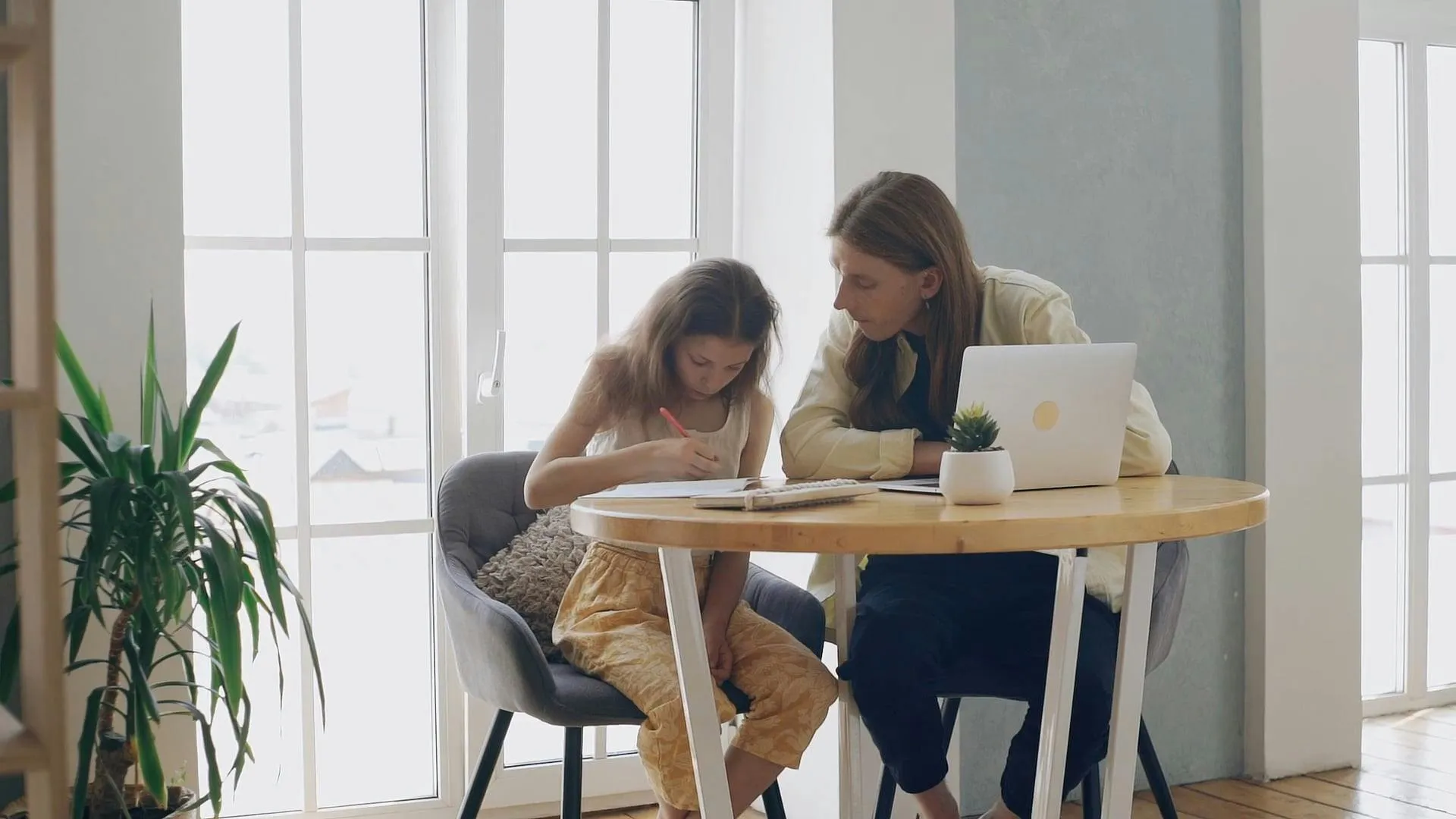Breaking up is hard to do, especially when kids are involved. But what happens when divorced or separated parents can’t see eye-to-eye? Enter parallel parenting – a practical solution for high-conflict situations. Let’s dive deeper into understanding what parallel parenting is, how it works, and why it could be the missing piece in your post-separation journey.
What Is Parallel Parenting?
Parallel parenting is an approach where divorced or separated parents agree to individually rear their kids in their own time, reducing direct communication with each other. Each parent operates within their own parenting sphere, limiting their interactions to shield their children from unnecessary conflict and tension.
How Does Parallel Parenting Work?
Imagine two lines running parallel to each other – never intersecting. The same principle applies to parallel parenting.
- Each parent determines how they parent during their own time, reducing the need for day-to-day communication.
- Parents follow a detailed parenting plan outlining conditions like visitation schedules and rules for child upbringing.
- The parenting plan minimizes situations for potential conflict by limiting conversations to absolute necessities.
Why Choose Parallel Parenting?
Parting ways doesn’t mean parting from parenting responsibilities. But when emotions run high and letdowns loom large, parallel parenting can help. Here’s why:
- Your child is shielded from conflict and tension.
- Each parent gets a chance to develop a unique bond with the child.
- Minimal interaction minimizes opportunities for strife and power struggles.
But Can Parallel Parenting Impact My Child Negatively?
Every coin has two sides, and parallel parenting is no exception. However, the potential drawbacks falter compared to the emotional turmoil a child can face in high-conflict scenarios. Protection from parental disagreements largely trumps any potential negatives of limited co-parental communication.
The Pathway to Co-Parenting
Parallel parenting isn’t a permanent solution. Rather, it’s a stepping stone to achieve effective co-parenting when the time is right. After all, isn’t that what we all want – a chance to raise our children amicably amidst our differences?
A Final Thought…
Divorce is never an easy path to tread. But remember, at the heart of it all sits your child, absorbing every quarrel, every bitter remark, every heated moment. Choose wisely – choose parallel parenting. After all, aren’t we all working towards that one common goal – the happiness of our children?

